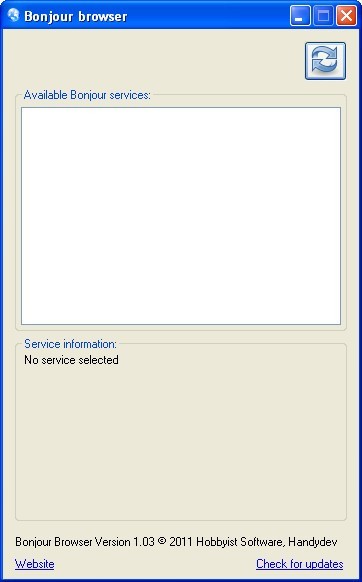
Specifies no new operation codes or response codes. Structure, name syntax, and resource record types. Multicast DNS borrows heavily from the existing DNS protocol Of Zero Configuration Networking and automatic link-localĪddressing is helpful. When reading this document, familiarity with the concepts Multicast DNS and its companion technology DNS-Based Serviceĭiscovery were created to provide IP networking with theĮase-of-use and autoconfiguration for which AppleTalk was well-known

Design Rationale for Encoding Negative Responses. Design Rationale for Maximum Multicast DNS Name Design Rationale for Not Using Hashed MulticastĪddresses. Design Rationale for Choice of UDP Port Number. Summary of Differences between Multicast DNS and Unicast DNS.

Considerations for Multiple Responders on the Same Machine. Special Characteristics of Multicast DNS Domains. Resource Record TTL Values and Cache Coherency. Conventions and Terminology Used in This Document. It for publication as an RFC or to translate it into languages otherġ. Not be created outside the IETF Standards Process, except to format Outside the IETF Standards Process, and derivative works of it may The copyright in such materials, this document may not be modified
#UBUNTU BONJOUR BROWSER LICENSE#
Without obtaining an adequate license from the person(s) controlling Modifications of such material outside the IETF Standards Process. Material may not have granted the IETF Trust the right to allow The person(s) controlling the copyright in some of this This document may contain material from IETF Documents or IETFĬontributions published or made publicly available before Novemberġ0, 2008. The Trust Legal Provisions and are provided without warranty as Include Simplified BSD License text as described in Section 4.e of
#UBUNTU BONJOUR BROWSER CODE#
Code Components extracted from this document must Please review these documentsĬarefully, as they describe your rights and restrictions with respect This document is subject to BCP 78 and the IETF Trust's Legal
#UBUNTU BONJOUR BROWSER HOW TO#
Information about the current status of this document, any errata,Īnd how to provide feedback on it may be obtained atĬheshire & Krochmal Standards Track Ĭopyright (c) 2013 IETF Trust and the persons identified as the Internet Standards is available in Section 2 of RFC 5741. Internet Engineering Steering Group (IESG). Received public review and has been approved for publication by the It represents the consensus of the IETF community. This document is a product of the Internet Engineering Task Force This is an Internet Standards Track document. They work when no infrastructure is present, and (iii) they work Little or no administration or configuration to set them up, (ii) The primary benefits of Multicast DNS names are that (i) they require Otherwise configure a conventional DNS server to answer for those Pay any annual fee, and without the need to set up delegations or

Of the DNS namespace to be free for local use, without the need to In addition, Multicast DNS designates a portion Operations on the local link in the absence of any conventional Multicast DNS (mDNS) provides the ability to perform DNS-like To, host names) in the absence of a conventional managed DNS server To look up DNS resource record data types (including, but not limited Infrastructure is increasingly important. Ubiquitous, the ability to operate with less configured CheshireĪs networked devices become smaller, more portable, and more RFC 6762: Multicast DNS Įrrata Exist Internet Engineering Task Force (IETF) S.


 0 kommentar(er)
0 kommentar(er)
